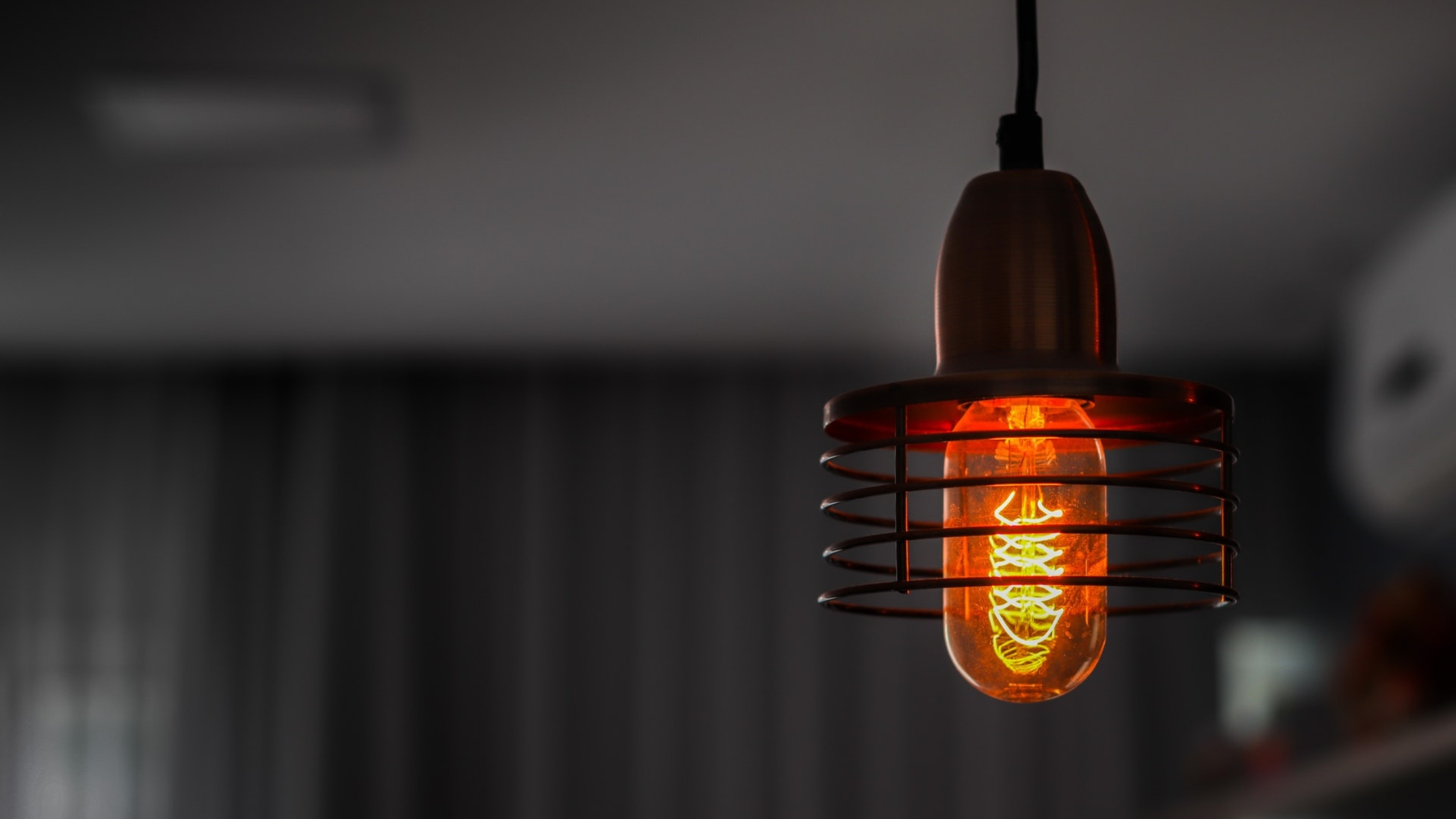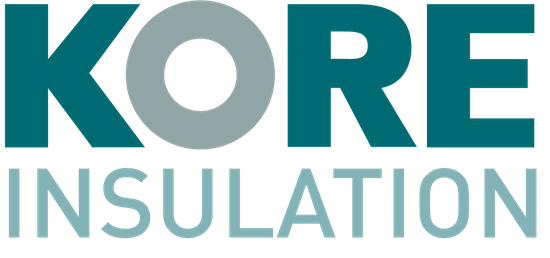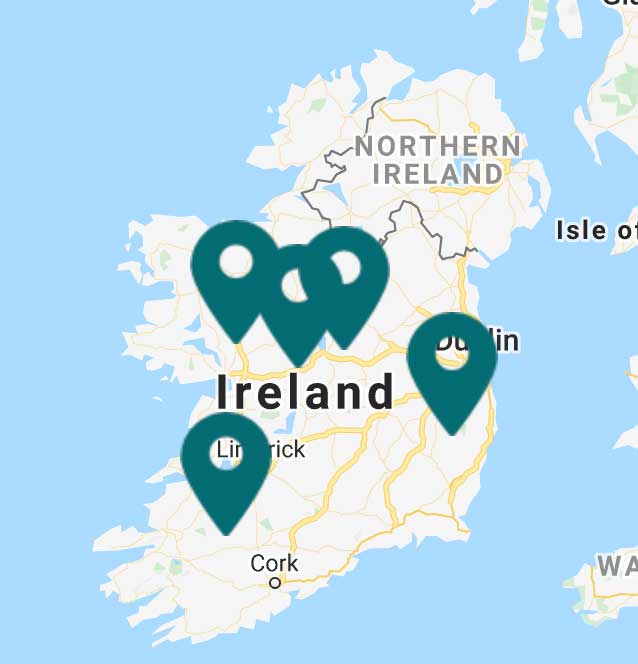
At the beginning of 2014 it was reported that Irish households were paying on average €450 more a year in gas and electricity compared to just two years ago. This amount represents a 21% increase in electricity and a 35% increase in gas costs in just over 24 months. Despite the increase in energy costs, the average earnings have declined from €687.67 to €675.33 compared to the third quarter of last year.
If you break the numbers down, Irish families use on average 5,300kWh of electricity and 13,800kWh of gas each year — representing a total cost of €1,195 and €980 respectively. It’s no wonder why more and more people are looking for ways to cut down on their energy usage, reduce their carbon footprint and save money.
Follow these five tips to reduce your home’s energy consumption and keep more of your money in the bank:
1. The Fabric First Motto – Insulate Your Home
Insulating your home will have an immediate impact on your home’s energy consumption and the amount you spend each month on gas and electricity. A poorly insulated home will lose 30 to 35% of its heat through the roof, 25 to 30% of its heat through the walls, 25% through ventilation loss, up to 15% through its windows and 7 to 10% through the floors. Insulating these areas of your home can cut down the amount of energy it takes to heat and cool, keep each room at a consistent and comfortable temperature and generally pays for itself within a short amount of time.
It’s important to focus on insulating more than one area of your home. For example, if you choose to insulate only the roof you may not notice much of a difference in your overall energy consumption. Spread out the insulation evenly to reduce the amount of heat loss and only use an approved installer. High-quality work and attention to detail are just as important as the insulation itself, as problems like thermal bridging may cause your home to lose more heat at building junctions and therefore reduce the overall benefit of the insulation.
Ensure you review the technical information for the type of insulation you choose to use in your home, taking into consideration the U-value and the overall thickness required to achieve the desired result. Many types of insulation are available on the Irish market, but keep in mind that not all will be compatible with your home. Bonded bead insulation may work in a home with a wall cavity, while external or rigid insulation may be your only option depending on how your home was originally built.
The Sustainable Energy Authority of Ireland runs insulation grant schemes throughout the year to help cover the cost of insulating homes built prior to 2006 and for those that are at risk of energy poverty.
2. Ventilate Your Home
Ventilation is just as important as insulation, especially in the Irish climate. Ventilation provides your home with fresh air, reduces condensation and dampness and lessens the chance of developing mould problems. There are many types of vents to choose from, including Soffit ventilators, tile vents and slate vents. If you live in an airtight or ‘passive house’ ventilation is even more important. Passive houses or homes that are built utilising passive standards may require mechanical ventilation with heat recovery. These systems recover the heat from stale air and use it to heat the fresh air that’s drawn into the home through the mechanical system. MHVR systems use very little energy and help reduce heating costs by reusing the warmth from the air that leaves the home.
On the other hand, it’s also important to draught proof your home to reduce the amount of heat lost through cracks, gaps, windows and doors. The EPA estimates that these areas of the home can create as much airflow as an open window making your heating system work harder to maintain a stable indoor air temperature. Draughtproofing products to consider include letterbox seals, door bottoms, loft hatches, casement windows and hatch door hooks and eyes.
3. Utilise Renewable Energy Sources
New building regulations in Ireland require the use of renewable energy sources when designing and constructing a new home. Solar energy can be used to help meet this requirement. The energy from the sun can be used as a source of heat for the air and water in your home or as a way to generate electricity with the use of solar photovoltaic systems. These systems can be connected to the grid or used by themselves to generate electricity for your home. When solar photovoltaic systems are connected to the grid, unused energy that has been stored is exported back to the electricity grid. If your system does not produce enough electricity to power your home in a single day you still have access to electricity from the main grid. Standalone systems require some form of storage to save energy, usually in the form of a battery. These solar systems are not connected to the grid and cannot export unused electricity.
In addition to generating electricity, solar systems can be used to produce heat. Called solar thermal energy, these systems use a solar collector to capture heat from the sun and transfer it to the water used in the home. In homes with low energy demand, these solar systems can even be used to help heat living spaces in addition to providing hot water. Flat plate collectors and evacuated tube collectors can be used to capture heat from the sun, depending on your home’s requirements and the area the solar panels will be installed. Active solar heating can produce up to 60% of the hot water requirements for Irish homes and buildings.
Passive solar design is yet another way to harness the energy of the sun with little or no cost to the homeowner. While it may be hard to change the orientation of a house that’s already constructed, new builds can be designed in a way to maximise exposure to sunlight and reduce home energy bills by up to 10% just by facing the building south or due south. Add additional insulation and ventilation and passive solar design can save you even more. For more information read our blog post on passive housing.
Other renewable energy sources to consider include wind power, heat pumps and burning wood fuel instead of peat, coal and gas.
4. Upgrade to Energy Efficient Appliances
Since the end of 2004 all appliances sold in Ireland must come with an energy rating, with ‘A’ being the most efficient and ‘G’ being the least. The labels are included on most major appliances including dishwashers, washers, dryers, fridges, freezers, ovens and even lighting. SEAI estimates that an average Irish household could save €100 annually by using energy efficient appliances just in the kitchen alone.
As an example, the energy label on a dishwasher should show you the overall energy rating from A to G, how much energy the appliance consumers per cycle, the cleaning and drying performance, water consumption and even noise. This information allows you to compare different appliances in the same category before making a purchasing decision. Choose ‘A’ rated appliances whenever possible.
If you can’t afford to replace all the appliances in your home right away, start off small by replacing the type of light bulbs you use. Instead of purchasing traditional incandescent bulbs, try Compact Fluorescent Lamps (CFLs) or Light-Emitting Diodes (LEDs) in their place. CFLs and LEDs last much longer than a traditional incandescent bulb and use less energy generating light. Light bulbs also come with an energy rating printed on its box or packaging.
5. Be Active in the Process
One of the easiest ways to reduce your energy consumption at home is to be mindful of what your using at all times:
- Turn off lights when leaving a room and use task lighting or natural sunlight whenever possible
- Air dry dishes instead of using your dishwasher’s drying cycle
- Install a programmable thermostat or use a timer for your heating and cooling needs
- Turn off electronics when not in use instead of leaving them in ‘stand-by’ mode
- Take showers instead of baths and use a low-flow shower head
- Air dry your clothes instead of using a dryer and wash clothes in cold water with cold water detergent
- Only heat the amount of water you need when boiling the kettle
- Pull down the curtains at night to stop heat from escaping through windows
- Defrost the fridge and freezer every six months to increase efficiency
- Keep doors closed to unheated rooms and ensure your thermostat is set at 20 degrees or below. Turning your heat down by one degree can save you 10% on your energy bill
- Service your boiler. You could improve the overall efficiency by up to 10%
With energy costs expected to rise now is the time to consider reducing your home’s energy consumption and increasing its overall efficiency. Start with the basics and be active in the process. When undergoing any major works on your home make sure you hire a competent, qualified and approved contractor.
Sources: http://www.independent.ie/business/personal-finance/gas-and-electricity-prices-up-450-and-more-hikes-on-way-29884520.html

